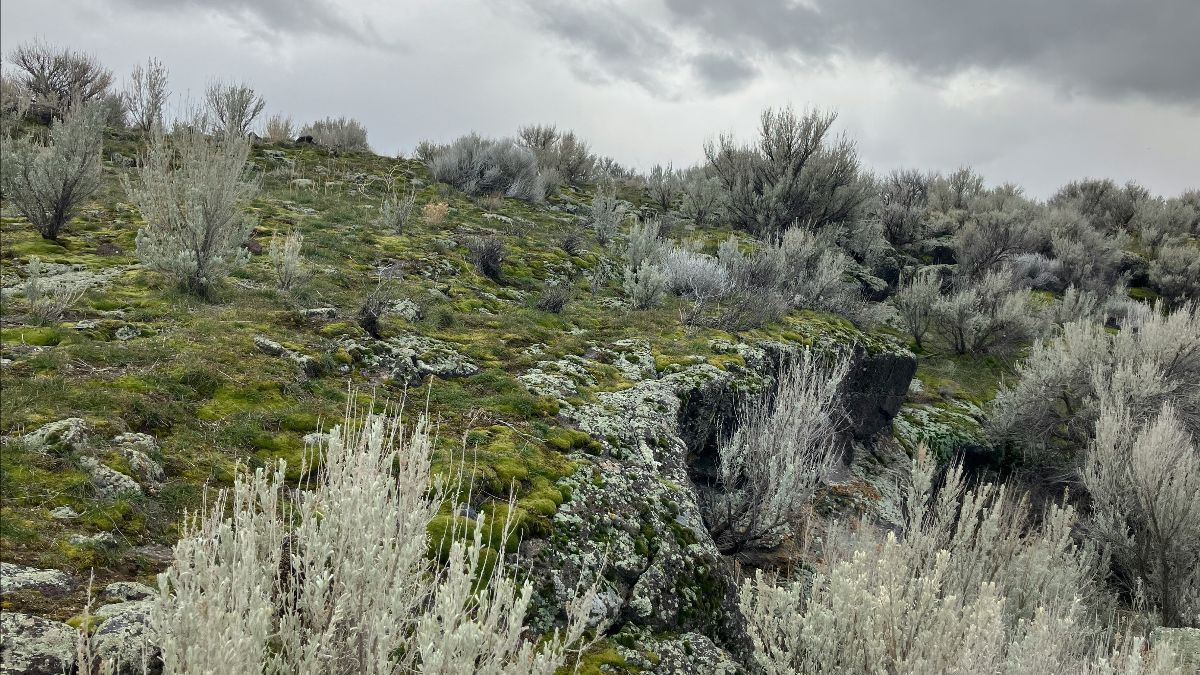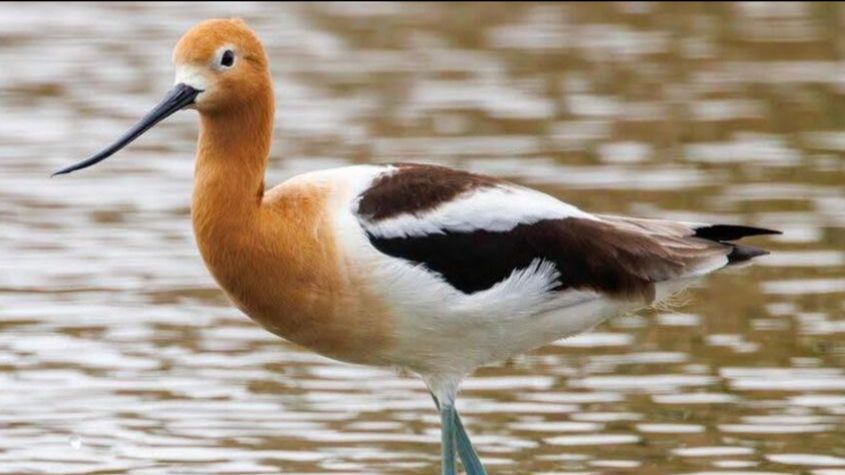Interior Proposed to Rescind Public Lands Rule

The Bureau of Land Management (BLM) oversees roughly 245 million acres of public surface lands and 700 million acres of subsurface mineral rights. In 1976, Congress passed the Federal Land Policy and Management Act (FLPMA) in response to mounting public concern over the environmental health of public lands and their resources. FLPMA required the BLM to give environmental values priority over competing commercial uses, mandating that lands be managed to protect their natural and cultural integrity and that especially vulnerable or critical areas receive additional safeguards. While the law established important protections, it was largely treated as a one-time corrective rather than an enduring operating principle, and commercial uses under the agency’s multiple-use mandate soon regained dominance over conservation.
Over time, a growing body of scientific evidence showed that land management decisions were continuing to degrade public lands. In response, the Biden Administration issued the Conservation and Landscape Health Rule—commonly called the Public Lands Rule—which took effect in June 2024. Unlike FLPMA, which elevated environmental considerations above others, the 2024 rule formally established conservation as a legitimate “use” of public lands, placing it on equal footing with commercial interests in BLM decision making. Critics argue that flaws in the rule’s administrative details may limit its effectiveness on the ground, but it nonetheless represents a significant step in reaffirming the central importance of conservation in the management of America’s public lands.
On September 10, 2025, the U.S. Department of the Interior announced plans to fully rescind this rule. Officials claim the rollback restores “balanced, multiple-use management.” Secretary Doug Burgum said, “Overturning this rule protects our American way of life and gives our communities a voice in the land that they depend on.”
In reality, this action is less about empowering local communities and more about granting large corporations easier access to exploit public lands—particularly for fossil fuel development—at the expense of local environments and the shared values of all Americans. By their own admission, one of the main benefits of the proposed rescission is to remove “unnecessary barriers to energy development.”
These lands belong to all of us, and now is the time to act. The existing Public Lands Rule should include stronger elements ensuring conservation effectiveness rather than a rollback that will almost certainly accelerate further degradation of our public lands. Public comments are open until November 10, 2025—make your voice heard.
Importance of Groundwater Versus Surface Water in Creating Shorebird Habitat in the Central Valley of California

Historically, California’s Central Valley supported a diverse mosaic of perennial grasslands, oak woodlands and savannas, and vast marshes and seasonal wetlands. Although most of these natural habitats have been converted to agriculture and urban development, the valley remains a vital stopover for more than 100 million birds along the Pacific Flyway. The Audubon Society has designated much of the region as an Important Bird Area because of its critical role for waterfowl, shorebirds, and marsh-nesting songbirds.
While commercial rice fields have replaced much of the original wetlands, they continue to provide significant wildlife habitat. Bird conservation efforts in the valley have focused on agricultural fields and managed wetlands. Through initiatives such as BirdReturns and Bid4Birds, The Nature Conservancy and the California Ricelands Waterbird Foundation compensate rice farmers for flooding fields after harvest. This practice not only helps decompose rice straw but also creates valuable shorebird habitat.
Research by CBI Senior Scientist Dr. Erin Conlisk and collaborators at The Nature Conservancy have shown that shorebird density increases when fields are flooded earlier in the fall and managed to be about 50-70 percent inundated, 5–10 cm deep, and with minimal straw or stubble cover. Interestingly, flooding consistency, across years and months, suggests that birds prefer places that have provided good habitat in the past. Preliminary results found some evidence that groundwater-fed flooding, rather than surface water, is linked to greater shorebird use. These findings provide important guidance for habitat management in agricultural landscapes and are critical for the conservation and recovery of declining shorebird populations.
Online Panel Discussion: Resilient Landscapes and Prepared Communities
On September 23, 2025, the Theodore Payne Foundation brought together a dynamic panel of experts for an online conversation exploring how to build resilient landscapes and prepare communities for the challenges ahead. One of the panelists was CBI’s very own Dr. Alexandra Syphard, who contributed her expertise on wildfire resilience and community preparedness. Speakers shared inspiring insights, practical strategies, and proven approaches designed to help communities adapt, overcome obstacles, and thrive in the face of an uncertain future.
You can watch the full conversation in the YouTube video linked below!